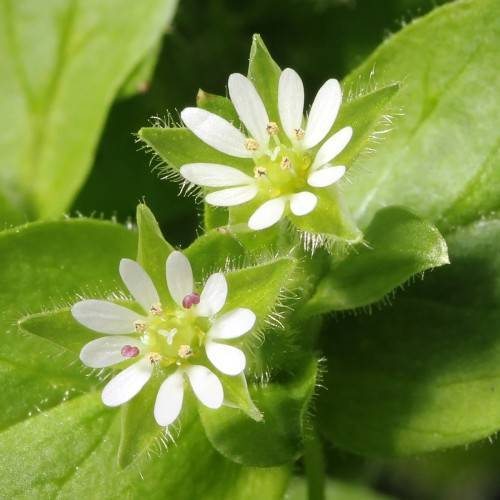
Nodding Chickweed
Cerastium nutans var. nutans
Watering:
Minimal
Hardiness Zone:
Sun:
full sun,part shade
Leaf:
Yes
Growth Rate:
Low
Drought Tolerant:
Yes
Salt Tolerant:
Yes
Invasive:
Yes
Care Level:
Easy
watering
Great Chickweed should be watered weekly, giving just enough water to moisten the topsoil. Avoid letting the soil become soggy or overly dry; too much water can lead to root rot, while too little water can cause the plant to wilt and die. Allow the top 1 inch of soil to dry out before giving the plant a thorough soaking. When watering, aim for the base of the plant to avoid wetting the foliage, as this can lead to mildew. Also, avoid getting the foliage wet when watering, as this can cause discoloration to the leaves.
sunlight
Great Chickweed (Cerastium maximum) prefers full or partial sun. It will tolerate light shade, but this will decrease flowering. Ideally, the plant should receive 6-8 hours of direct sunlight per day. For maximum flowering potential, full sun is best. Great Chickweed may display symptoms of sun stress if exposed to intense sunlight for more than 8 hours per day.
pruning
Great chickweed is a low-growing, evergreen perennial requiring minimal pruning. It should generally only be pruned once a year in late winter to early spring. During pruning, dead or damaged stems should be cut back to the base of the plant, and any unruly growth should be removed. Pruners should also lightly cut back the entire plant to tidy its appearance and to encourage fuller growth. Pruning should never remove more than ⅓ of the plant’s total height. With this species, pruning is typically not necessary, but regular maintenance pruning will help keep the plant looking its best.
